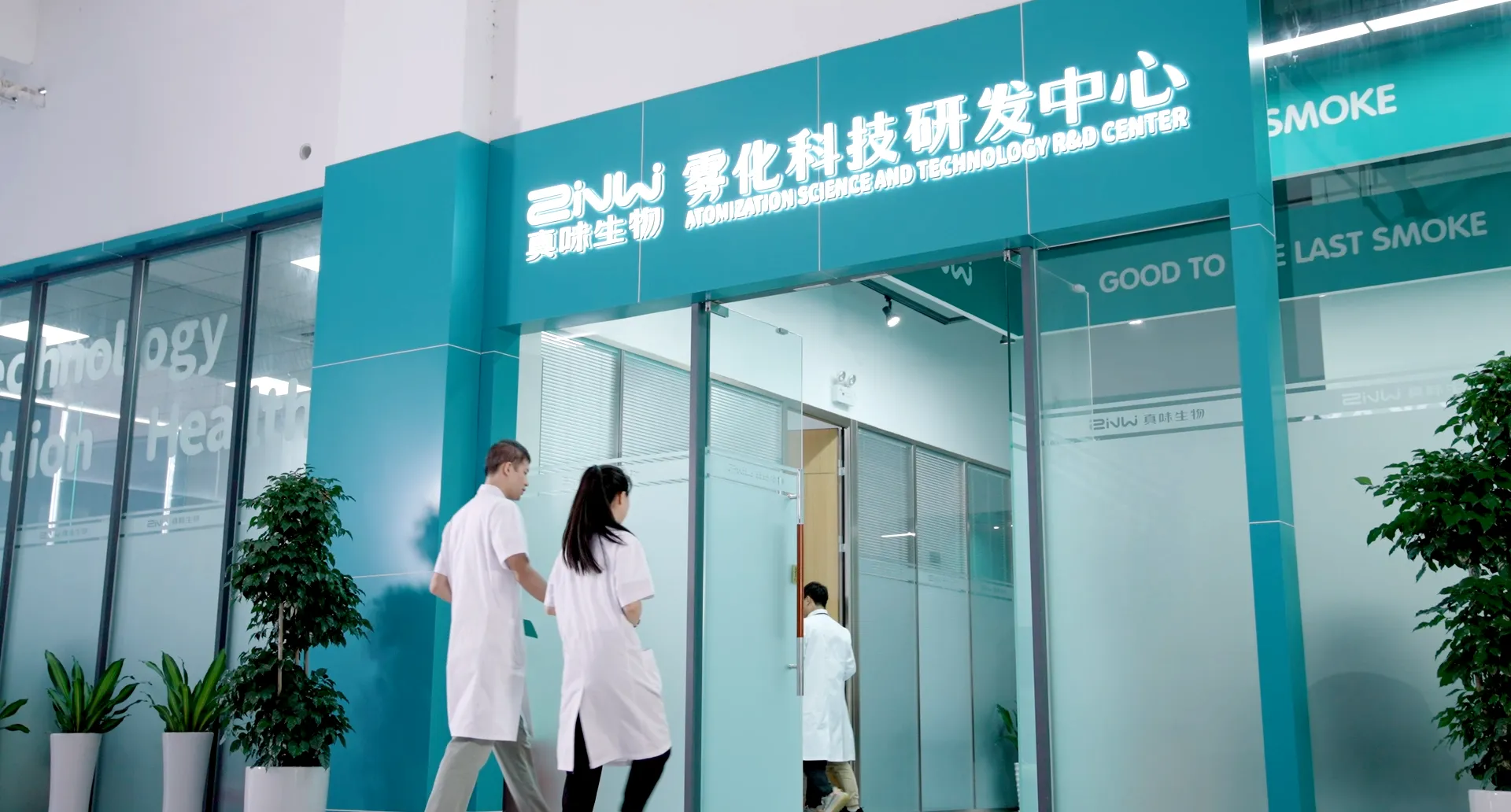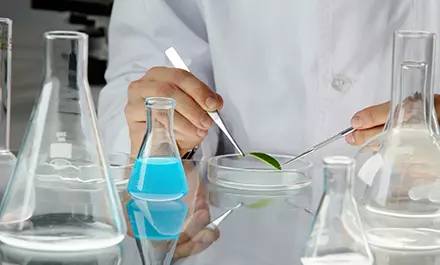
How do i get my ejuice tested
E-juice, also known as vape juice or e-liquid, is the liquid used in electronic cigarettes or vaping devices. It is made up of various ingredients such as propylene glycol, vegetable glycerin, flavorings, and nicotine. As vaping becomes more popular, the importance of testing the e-juice for safety and quality becomes more important. In this essay, we will discuss how to get ejuice tested in no less than 1000 words.
The first step to getting ejuice tested is to find a reputable ejuice testing laboratory. It is important to choose a laboratory that is accredited and has experience in testing e-juices. Some of the most popular laboratories that offer ejuice testing services are ECTA, Enthalpy Analytical, and Eurofins. It is important to choose a laboratory that is accredited by a recognized accreditation body such as the International Organization for Standardization (ISO) or the American Association for Laboratory Accreditation (A2LA).
Once you have found a reputable laboratory, you need to prepare your ejuice samples for testing. The laboratory will require a specific amount of e-juice for testing. You will need to provide them with a sample of the ejuice in a sealed container, preferably in a glass bottle. The ejuice should be labeled with the manufacturer's name, the flavor, and the nicotine strength.
The laboratory will then perform various tests on your ejuice to determine its safety and quality. Some of the most common tests performed include:

1. Nicotine Strength Test: This test determines the amount of nicotine present in the ejuice. The laboratory will use a gas chromatography/mass spectrometry (GC/MS) machine to analyze the nicotine content.
2. Flavor Analysis: This test determines the flavor profile of the ejuice. The laboratory will use a gas chromatograph (GC) to analyze the flavor compounds present in the ejuice.
3. Chemical Analysis: This test determines the presence of harmful chemicals in the ejuice such as diacetyl, acetyl propionyl, and acetoin. The laboratory will use a high-performance liquid chromatography (HPLC) machine to analyze the ejuice for these harmful chemicals.
4. Heavy Metal Analysis: This test determines the presence of heavy metals in the ejuice such as lead, cadmium, and arsenic. The laboratory will use an atomic absorption spectrometer (AAS) to analyze the ejuice for these heavy metals.
5. Microbiological Analysis: This test determines the presence of bacteria and other microorganisms in the ejuice. The laboratory will use a culture method to analyze the ejuice for these microorganisms.
Once the laboratory has completed the testing, they will provide you with a detailed report of the results. The report will include all the test results, including any harmful chemicals or microorganisms found in the ejuice. Based on the results, you can make an informed decision about the safety and quality of your ejuice.
In conclusion, testing your ejuice is an important step in ensuring its safety and quality. By following the steps outlined above, you can easily get your ejuice tested by a reputable laboratory. Remember that the safety and quality of your ejuice are essential to your health and that of the people around you. So, take the necessary precautions by having your ejuice tested to ensure you have a safe vaping experience.

We will contact you as soon as possible









